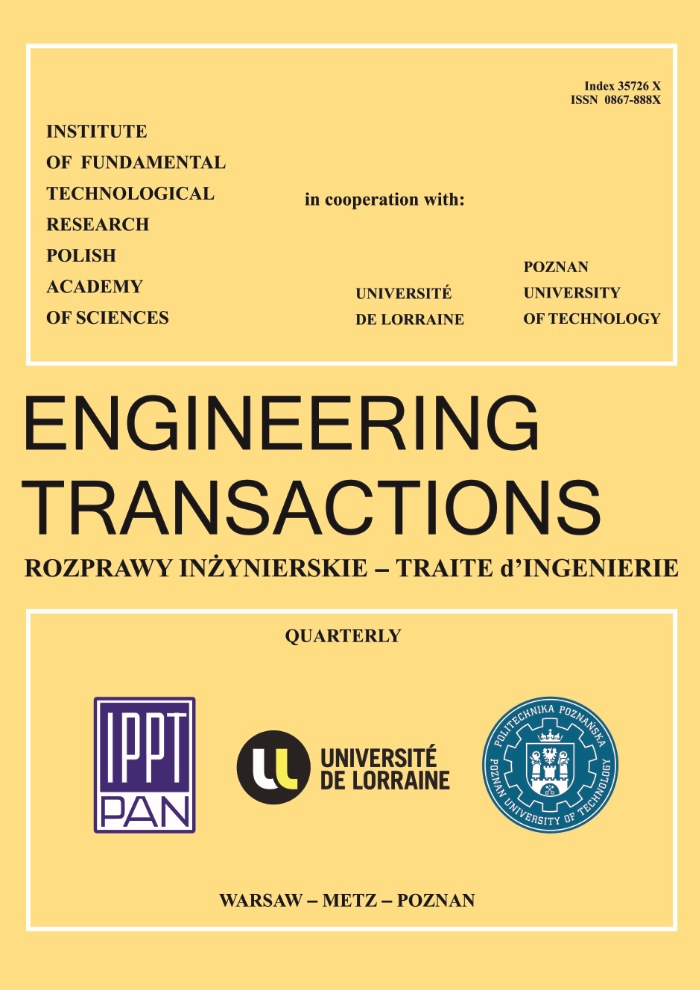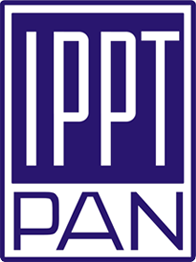Abstract
This paper gives an overview of different testing methods and the mechanical material behavior including mono-axial and multi-axial testing under high rate loading. Special emphasis is laid on difficult loading conditions and loading states such as a high temperature and high strain loading (ϑ > 1200°C, φ > 1) and multiaxial impact tests. The impact behavior of selected materials is shown and compared for different loading conditions. Furthermore, a distinction is made between virgin and manufactured material behavior (e.g. welding) or pre-damaged materials. Specifically, if the influence of the manufacturing history is investigated. Under certain loading states the impact material properties show a dramatic difference compared to the virgin state of the material. Some examples of different material behavior under the conditions previously mentioned are given.References
1. G. R. Johnson, W. H. Cook, A constitutive model and data for metals subjected to large strains, large strain rates and high temperatures, Proc. of the 7th International Symposium on Ballistics, The Hague, 541–547, 1983.
2. F. J. Zerilli, R. W. Armstrong, Dislocation-mechanics-based constitutive relations for material dynamics, Journal of Applied Physics, 61, 5, 1816–1825, 1987.
3. T. Halle, L. W. Meyer, Influence of different material models on the result of numerical high speed cutting simulations, [in] Proc. of the 1st International Conference on High Speed Forming, Kleiner [Ed.], Dortmund, 133–142, 2004.
4. L. W. Meyer, C. Kuprin, T. Halle, High rate material behavior at hot forming conditions, Mechanics of Time-Dependent Materials, 13, 1, 49–62, 2009.
5. M. Spittel, S. Neubauer, Betrachtungen zur mathematischen Fließkurvenmodellierung, Neue H¨utte, 28, 1, 21–25, 1983.
6. L. W. Meyer, Werkstoffverhalten hochfester Sthle unter einsinnig dynamischer Belastung, Ph.D. Thesis, Dortmund University of Technology, 1982.
2. F. J. Zerilli, R. W. Armstrong, Dislocation-mechanics-based constitutive relations for material dynamics, Journal of Applied Physics, 61, 5, 1816–1825, 1987.
3. T. Halle, L. W. Meyer, Influence of different material models on the result of numerical high speed cutting simulations, [in] Proc. of the 1st International Conference on High Speed Forming, Kleiner [Ed.], Dortmund, 133–142, 2004.
4. L. W. Meyer, C. Kuprin, T. Halle, High rate material behavior at hot forming conditions, Mechanics of Time-Dependent Materials, 13, 1, 49–62, 2009.
5. M. Spittel, S. Neubauer, Betrachtungen zur mathematischen Fließkurvenmodellierung, Neue H¨utte, 28, 1, 21–25, 1983.
6. L. W. Meyer, Werkstoffverhalten hochfester Sthle unter einsinnig dynamischer Belastung, Ph.D. Thesis, Dortmund University of Technology, 1982.






